Hi there, pet lovers! 🦦
Otters have long captured our hearts with their playful personalities, intelligent behaviors, and adorable faces. From holding hands while sleeping to sliding along riverbanks, they are undeniably some of the most charming creatures in the animal kingdom. But while they’re delightful to watch, caring for an otter is far more complex than it might appear. In this detailed review, we’ll explore everything you need to know about otters as pets — their care requirements, temperament, costs, and legality.
If you’re curious about these semi-aquatic mammals or considering whether they could fit into your life, this guide will give you a clear, honest look at what to expect.
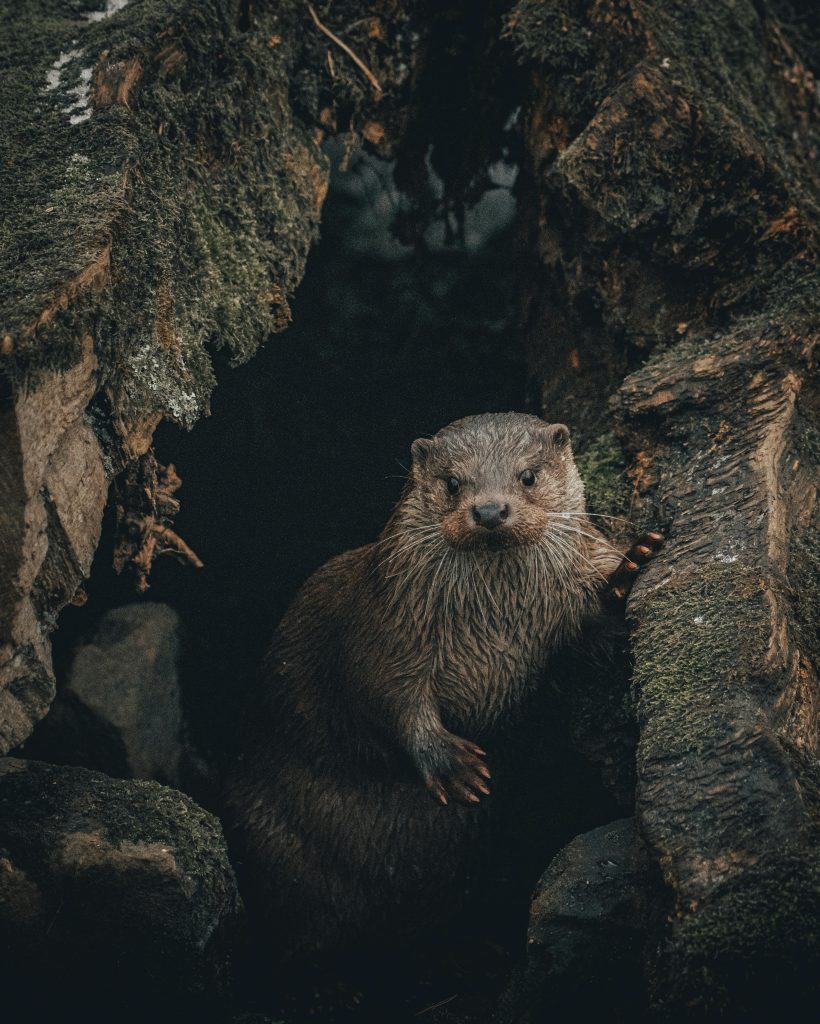
Overview
Otters are semi-aquatic mammals belonging to the weasel family (Mustelidae). There are 13 species worldwide, but only a few (like the Asian small-clawed otter) are occasionally kept as exotic pets. Known for their intelligence, curiosity, and energy, otters require large enclosures, constant stimulation, and a clean water source to thrive. Below is a quick summary of what to know before considering otter care:
- Handling and Temperament: Extremely intelligent, curious, but can be aggressive when stressed.
- Care and Maintenance: Very high-maintenance — require large space, water access, and strict hygiene.
- Health and Durability: Prone to stress-related issues and infections in captivity.
- Availability: Rare and highly regulated; ownership may be illegal in many areas.
- Cost: Very expensive — both to purchase and to maintain.
- Overall: Fascinating animals to observe, but not recommended as household pets.
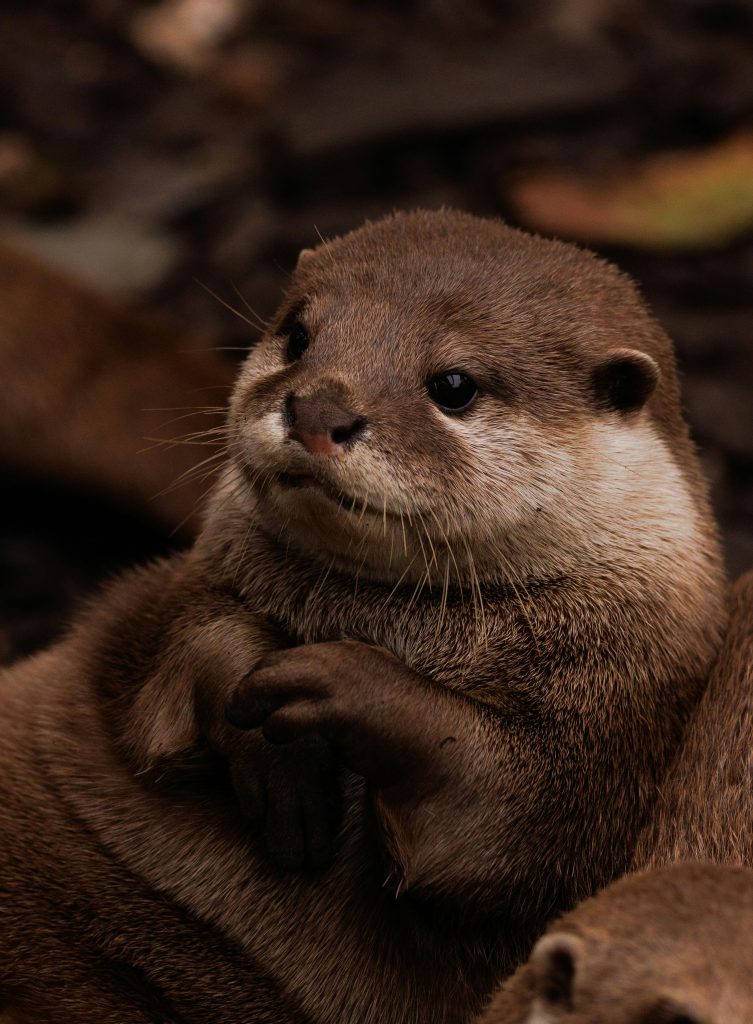
Why Choose an Otter?
Otters captivate people with their human-like behavior and expressive nature. They are often seen holding food in their paws, stacking rocks, or floating on their backs. Watching them can bring immense joy — they’re incredibly social, smart, and full of energy.
However, while these traits make them seem appealing as pets, their intelligence and energy are double-edged swords. Otters thrive in large family groups in the wild, hunting, grooming, and playing for hours each day. Keeping one in captivity requires enormous effort, time, and resources to replicate their natural environment.
For those who truly understand their needs and have the means to care for them properly — often wildlife experts or licensed facilities — otters can be incredibly rewarding to interact with. But for most households, they’re better admired from a distance.
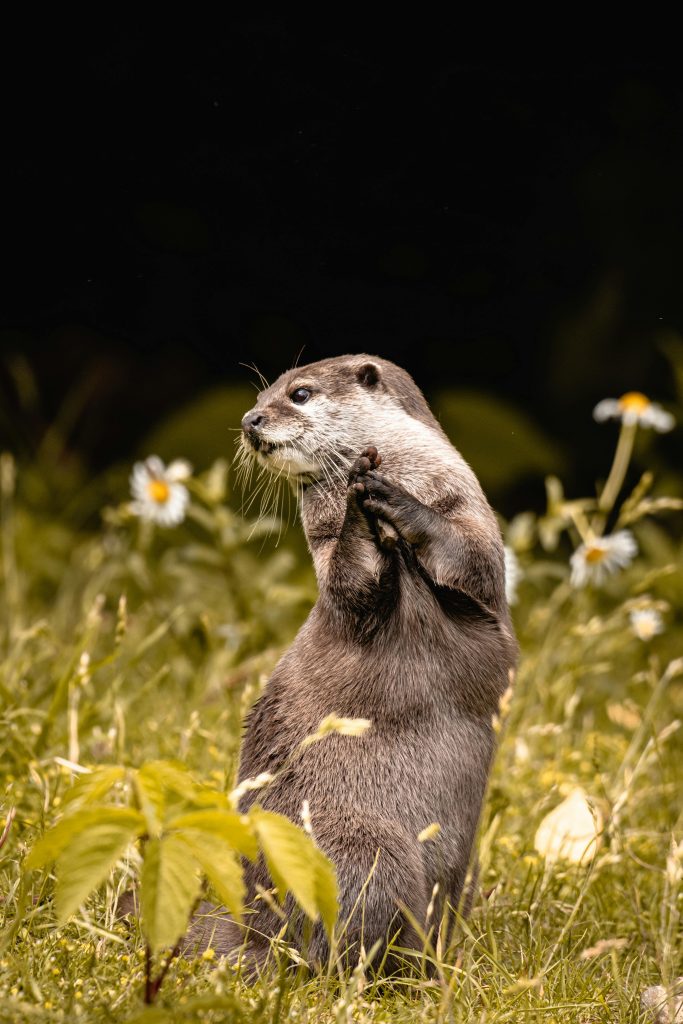
Handling and Temperament
Otters are intelligent and highly social, but they are also territorial and can become aggressive when stressed or frightened. Their playful nature doesn’t always translate well to human interaction.
Behavior and Personality
- Otters are curious and constantly explore their surroundings. They enjoy problem-solving and playing with objects.
- When they become bored or confined, they may display destructive behavior, such as chewing or clawing at their enclosure.
- They communicate through whistles, chirps, and growls — and can become quite loud.
Handling Caution
- Unlike domestic pets, otters are not bred for tameness. They can bite hard, and their sharp teeth can easily pierce skin.
- Handling should be kept to a minimum and always done gently. Even well-socialized otters can become unpredictable.
- When stressed, otters may mark territory with strong-smelling scent glands, which are difficult to clean.
Social Needs
- Otters are group-oriented animals. In the wild, they live in family groups of up to 12 individuals.
- A single otter can suffer from extreme loneliness, leading to anxiety, aggression, or self-destructive behavior.
- If you ever consider keeping otters, at least two individuals are recommended to prevent isolation — though this doubles the space and cost required.
In short, otters are not cuddly pets, but highly active, emotional creatures that require careful management and understanding.
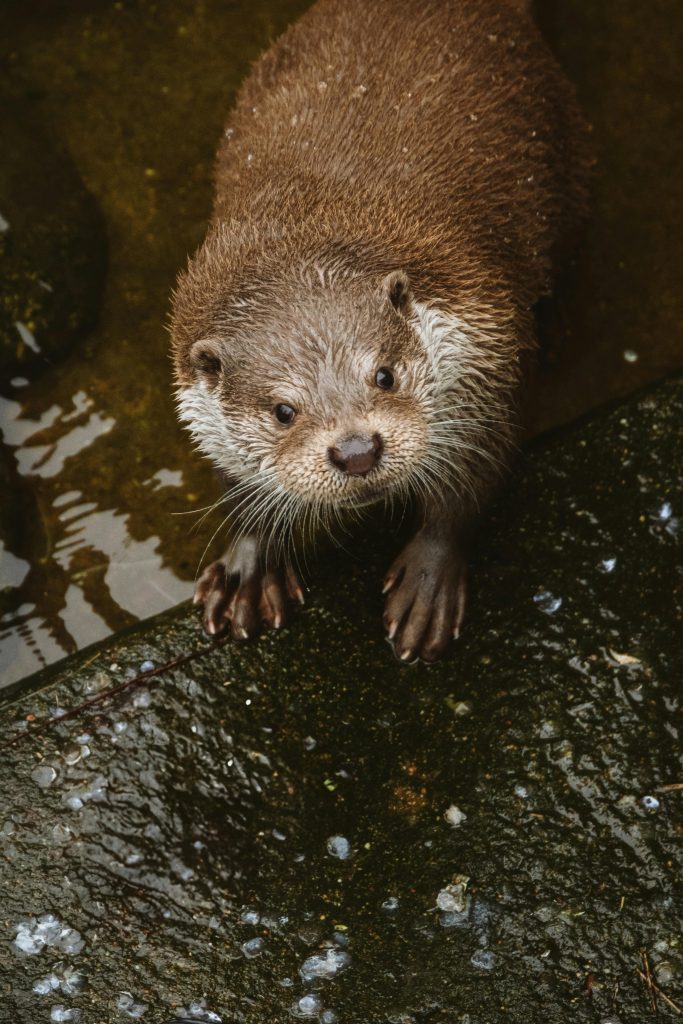
Care and Maintenance
Caring for an otter is a full-time responsibility. These animals need a carefully designed environment that caters to both their aquatic and terrestrial instincts.
Enclosure Setup
- Space Requirements: A pair of otters needs at least 60 square meters (645 sq ft) of enclosure space, with both land and water zones.
- Water Access: At least 30–40% of the enclosure should be a pool deep enough for swimming and diving. Water quality must be bacteria-free and filtered daily to prevent skin and ear infections.
- Land Area: The land section should include areas for running, resting, digging, and playing. Natural materials like sand, grass, and smooth stones help mimic their habitat.
- Shelter: Provide a dry, warm shelter or den for resting and protection from weather extremes.
Temperature and Humidity
- Otters thrive in moderate climates, ideally between 16°C–28°C (60°F–82°F).
- Enclosures must have shaded and sunny zones, as well as constant access to clean, temperate water.
Hygiene
- Otters are messy animals. They often defecate in or near the water, requiring frequent cleaning to maintain hygiene.
- Without proper sanitation, waste buildup can lead to dangerous bacterial infections.
Feeding and Nutrition
In the wild, otters eat a varied diet of fish, crustaceans, and invertebrates. Replicating this diet in captivity is crucial to keeping them healthy.
Typical Diet Includes
- Fresh fish (their main food source)
- Crabs, clams, snails, shrimp, and small amphibians
- Occasionally, eggs or small mammals for enrichment
Feeding Schedule
- Adult otters consume about 20–25% of their body weight daily.
- They should be fed two to three times a day, with live or fresh prey items to encourage natural foraging behavior.
Supplements
- A balanced vitamin and mineral supplement is recommended under veterinary supervision.
- Avoid processed foods or pet kibble — otters have sensitive digestive systems.
Feeding otters is expensive, with food costs alone reaching $200–$400 per month, depending on diet variety and location.
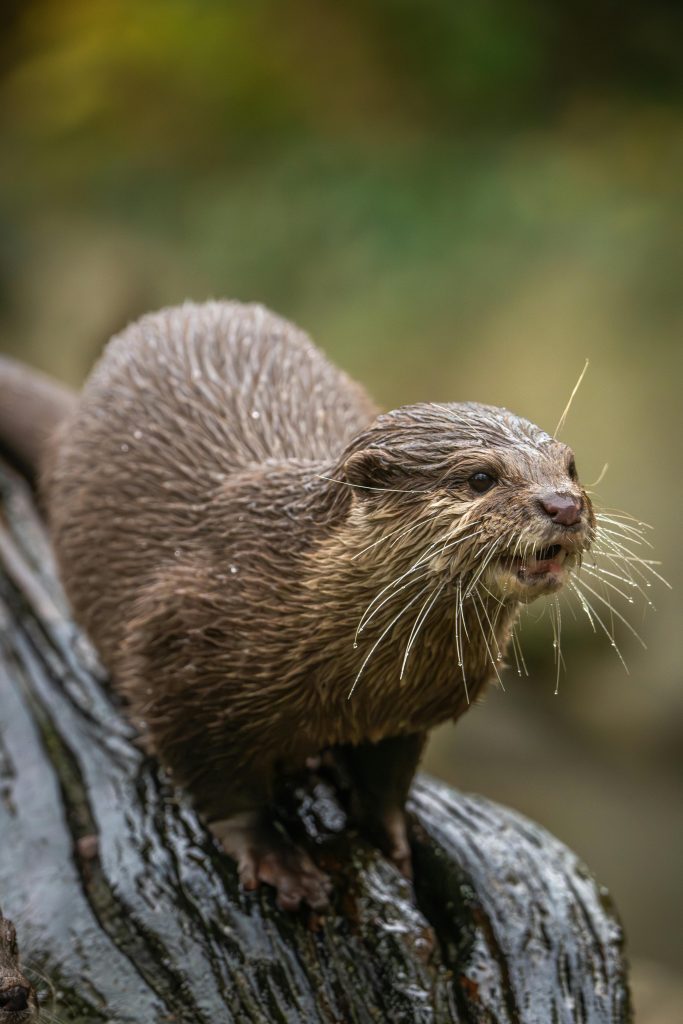
Health and Durability
While otters are robust in the wild, they can be fragile in captivity due to stress and unsuitable environments.
Common Health Issues
- Respiratory Infections: Often caused by poor ventilation or dirty water.
- Skin and Fur Problems: Otters have extremely dense fur (up to 1 million hairs per square inch). Without proper grooming or clean water, fur can mat or trap bacteria.
- Digestive Issues: Improper diets can lead to malnutrition or gastrointestinal distress.
- Stress Disorders: Loneliness or small enclosures often lead to repetitive pacing, aggression, or self-harm.
Preventative Care
- Routine vet check-ups every 6 months.
- Regular vaccinations and deworming, similar to other carnivorous mammals.
- Daily observation for signs of illness, especially lethargy, fur loss, or reduced appetite.
With proper care, otters can live 10–15 years in captivity, though wild individuals often live shorter lives due to natural risks.
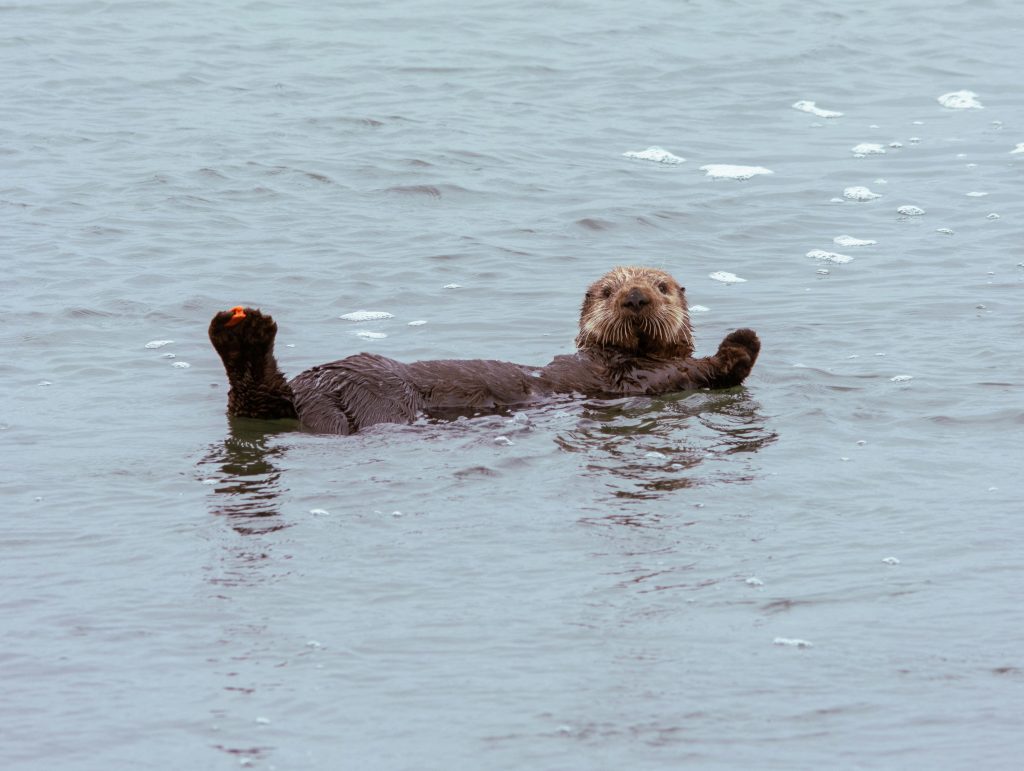
Availability and Cost
Owning an otter is heavily restricted and regulated in most parts of the world.
Legal Considerations
- In the United States, most states prohibit private otter ownership without a special wildlife permit.
- Countries like the UK and Japan have seen a rise in exotic pet otters, but animal welfare experts strongly discourage this trend due to poor living conditions in captivity.
- Always verify with local wildlife authorities before considering ownership — illegal possession can result in hefty fines or confiscation.
Cost Breakdown
- Purchase Price: $3,000 to $15,000 USD depending on species and legality.
- Enclosure Setup: $5,000–$10,000 minimum for secure fencing, water filtration, and enrichment features.
- Monthly Maintenance: $300–$600 for food, cleaning, and veterinary care.
Beyond cost, otters are known escape artists. Their intelligence and agility make it easy for them to find weaknesses in fencing or locks — extra security is essential.
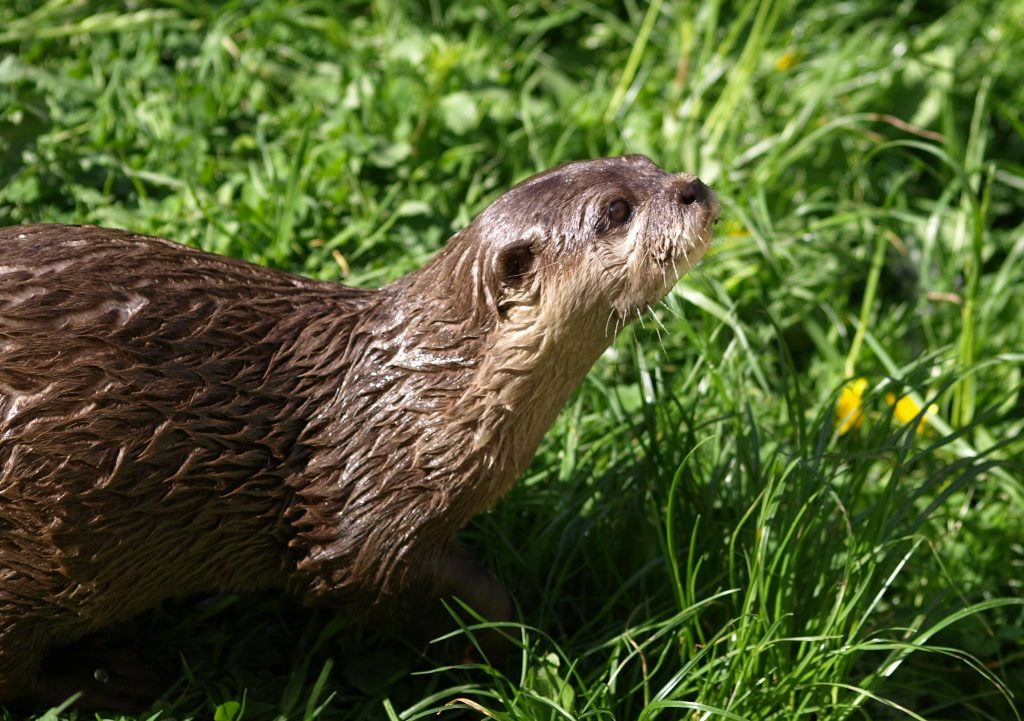
Pros and Cons
Pros
- Highly intelligent and entertaining to observe.
- Strong social bonds and expressive behavior.
- Unique, rare, and fascinating exotic species.
Cons
- Illegal or restricted in many regions.
- Extremely high maintenance and costly to care for.
- Require large enclosures with clean water systems.
- Can be aggressive and destructive.
- Strong odor and messy habits.
- Difficult to keep mentally and socially satisfied.
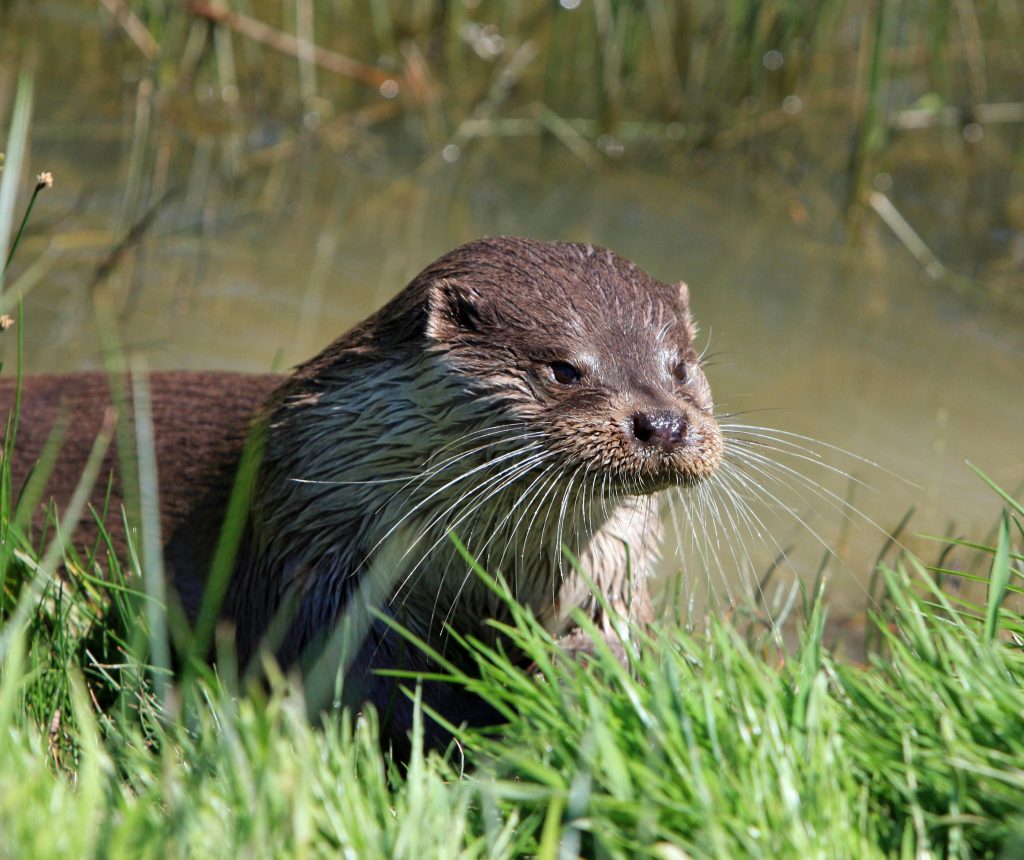
Final Thoughts
Otters are undeniably among the most charming and engaging creatures on Earth. Their intelligence, playfulness, and complex social structures make them endlessly fascinating to observe. However, these same qualities make them challenging and unsuitable as household pets.
Caring for an otter requires extensive knowledge, space, and financial resources — far beyond what most private owners can offer. Inexperienced handling or confinement often leads to poor welfare outcomes and behavioral problems.
For those who love otters, the best way to appreciate them is by supporting conservation programs, visiting accredited sanctuaries, or contributing to habitat protection efforts. Observing otters in the wild or ethical facilities allows us to enjoy their natural charm while ensuring their wellbeing.
Owning an otter may sound exciting, but their care demands make them better left to professionals. Their beauty belongs where it thrives most — in clean rivers, lush wetlands, and the wild places they call home.
Have you ever seen an otter in the wild or at a sanctuary? Share your experiences and thoughts in the comments below!
For more animal care tips and detailed pet reviews, stay tuned to our blog — and don’t forget to subscribe for more fascinating insights into the animal world! 🦦
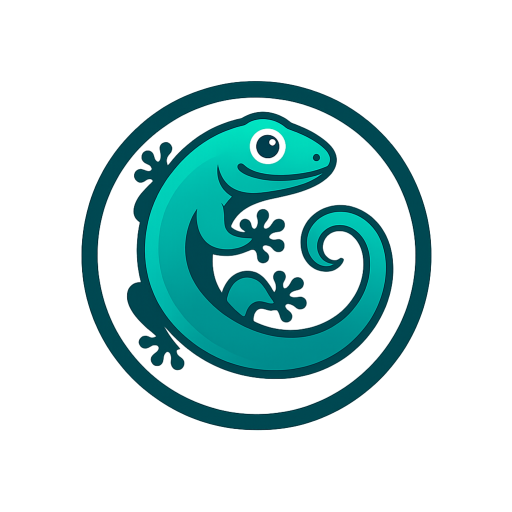
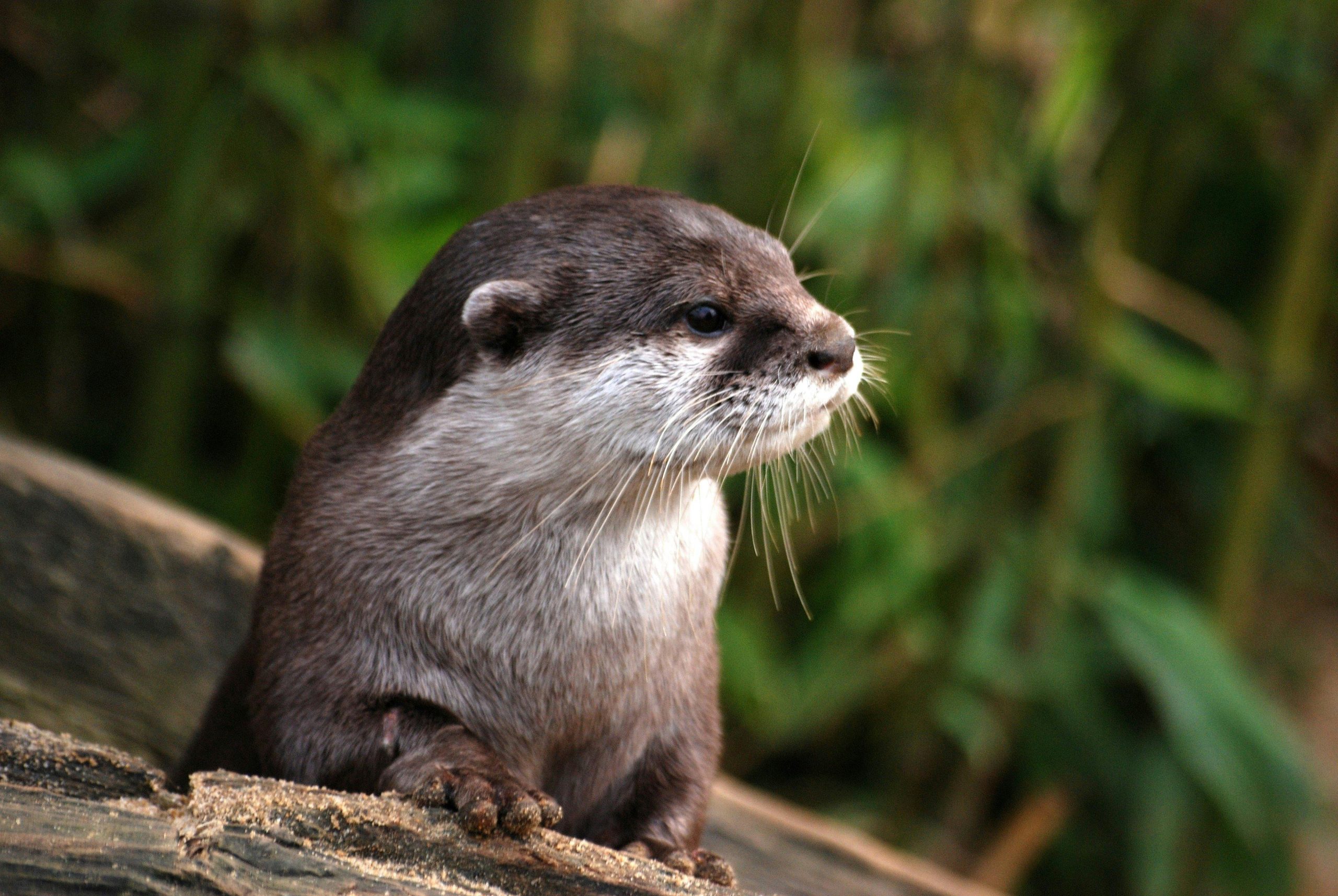

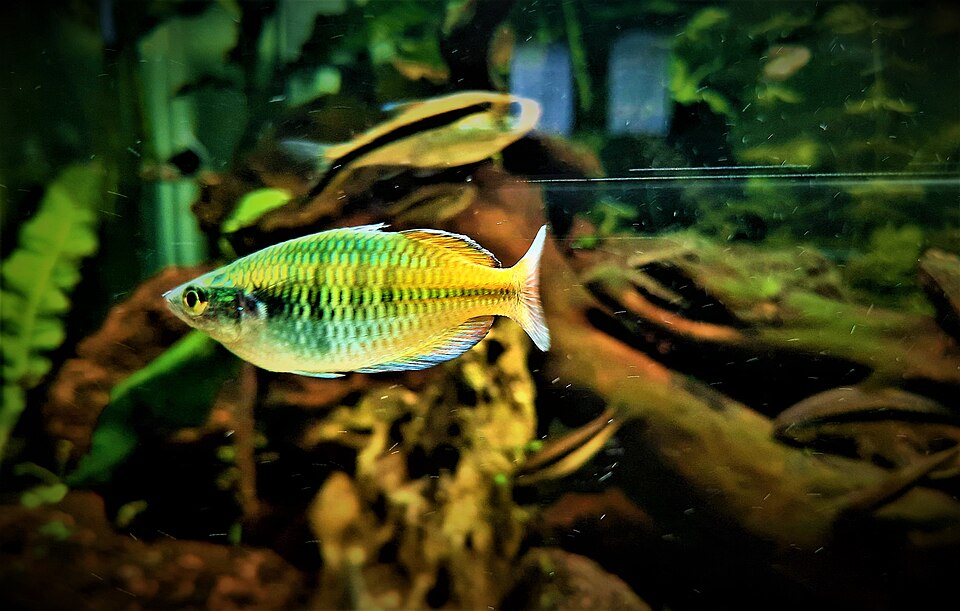
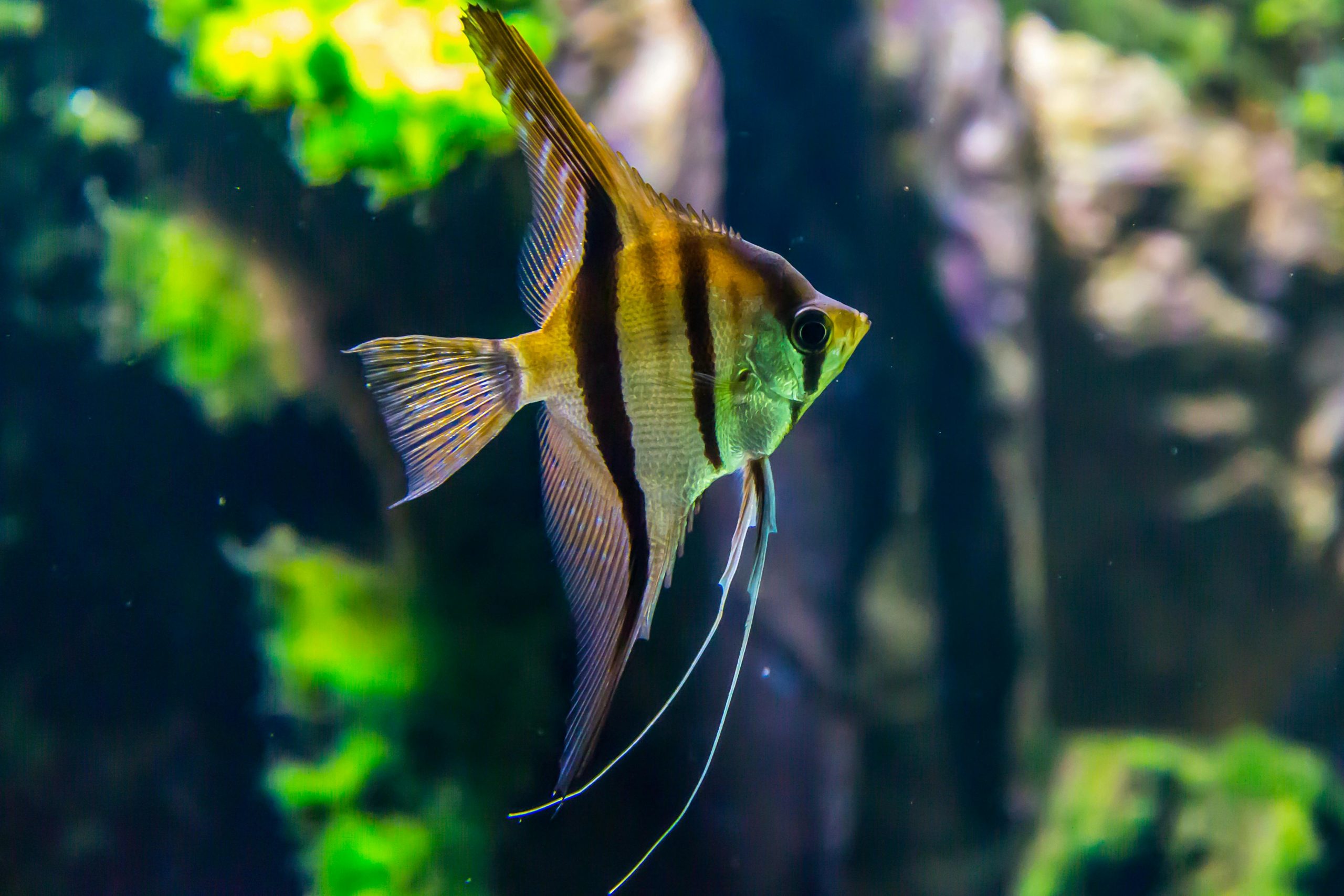
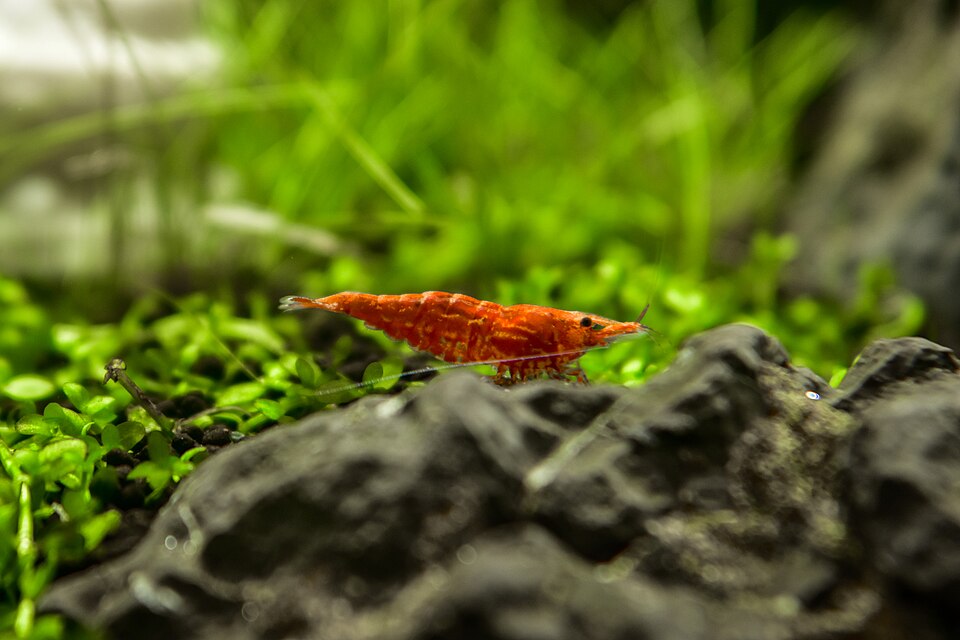

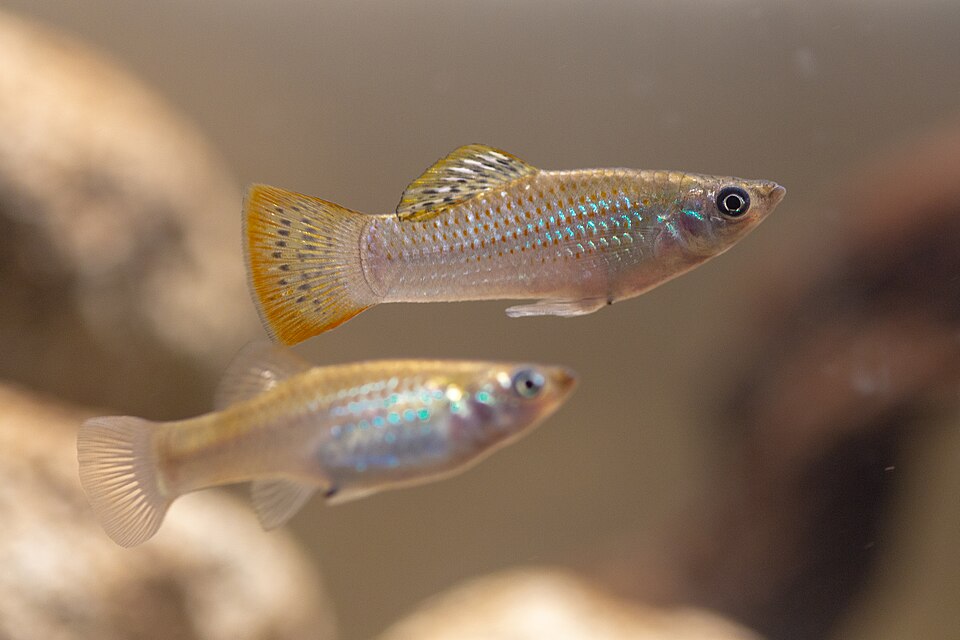
Leave a Reply